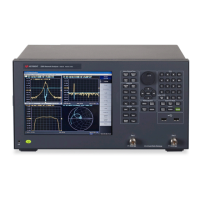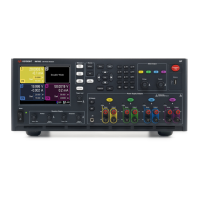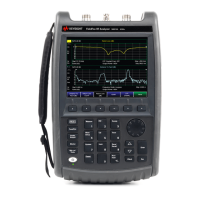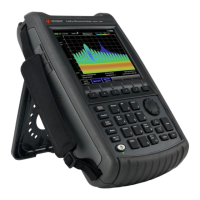Keysight CX3300 User’s Guide, Edition 4 109
Safety Information
Working in Comfort
work, meatpacking, sewing, playing musical instruments, and computer work.
RSI also has been observed in those who frequently engage in activities such as
carpentry, knitting, housework, gardening, tennis, windsurfing and lifting
children.
What causes RSI?
The specific causes of RSI have not been established. Nevertheless, the
incidence of RSI has been associated with a variety of risk factors, including:
• Too many uninterrupted repetitions of an activity or motion.
• Performing an activity in an awkward or unnatural posture.
• Maintaining static posture for prolonged periods.
• Failing to take frequent short breaks.
• Other environmental and psychosocial factors.
In addition, there have been reports associating the occurrence of RSI with the
use of keyboards, m
ice, and other input devices. Also, certain medical
conditions, such as rheumatoid arthritis, obesity and diabetes, may predispose
some people to this type of injury.
What if I experience discomfort?
If you are experiencing any discomfort, seek professional medical advice
immediately. Typically, the earlier a problem is diagnosed and treated, the easier
it is to resolve.
Mice and Other Input Devices
Various aspects of using mice and other input devices may increase your risk of
discomfort or injury. Observing the following recommendations may reduce that
risk.
• Try to keep your hand, wrist, and forearm in a neutral position while using
your mouse or other input device.
• If you use your thumb to rotate the ball on a trackball or spaceball, keep it in
a relaxed, natural shape, and maintain a neutr
al posture in your hand, wrist,
and forearm.
• Hold the mouse gently by draping your fingers over it. Keep your hand
relaxed and fingers loose. Do not grip the mouse tightly.

